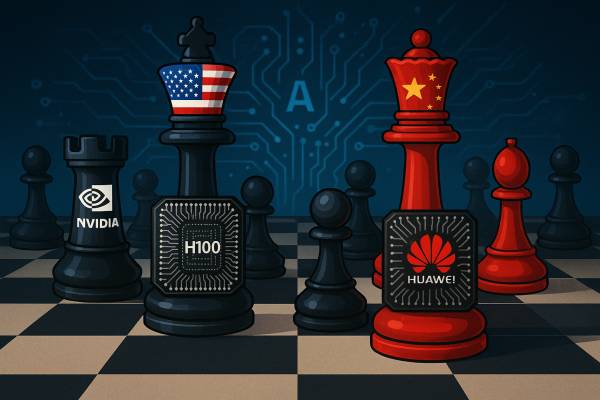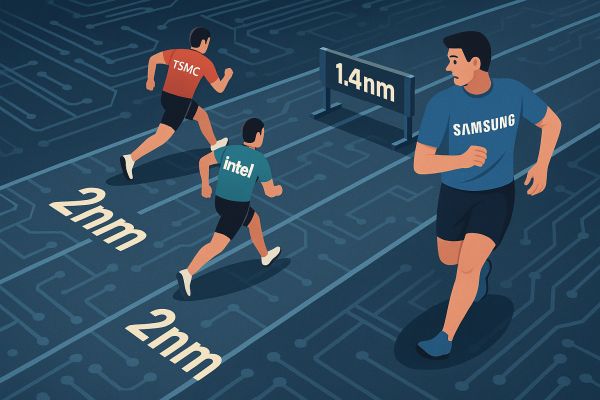News of the cuts affecting Intel's manufacturing division first came to light last week, but the details were not yet known at that time. However, according to the latest reports, the situation is more serious than previously thought: one of the world's largest chip manufacturers is planning a 15-20% reduction in headcount in the Intel Foundry (foundry manufacturing) division. This could affect more than 10,000 factory workers worldwide, according to OregonLive.
Naga Chandrasekaran, head of Intel Foundry, informed employees about the layoffs. He said the move was necessary to stabilize the company's financial situation. The decisions are based on business priorities, individual performance evaluations, and which projects they want to continue funding.
According to Intel's data from December 28, 2024, it employed 108,900 people worldwide, which is about 16,000 fewer than a year earlier. For example, 3,000 jobs were lost at its Oregon plants last year, but the company still has about 20,000 employees in the region.
Intel currently operates 15 active wafer fabs worldwide, in 10 different locations. Although the company does not officially disclose exactly how many employees are in the manufacturing sector, it is estimated that about half of the total workforce (approximately 54,450 people) is directly involved in manufacturing or related services. Based on this, the current layoffs could affect 8,170 to 10,890 employees.
Intel is not offering voluntary redundancy packages or severance bonuses: it intends to retain its most valuable employees through targeted, selective layoffs. The company announced back in the spring that it intends to reduce the number of management levels and administrative burdens by 2025. However, according to the latest information, the layoffs may affect not only management, but also technicians, machine operators, and support staff working on and near the production lines.
However, there are some positions that are unlikely to be eliminated. These include engineers working on state-of-the-art semiconductor manufacturing technologies and technicians who operate extreme ultraviolet (EUV) lithography equipment. These jobs are vital to maintaining the company's technological advantage.
The layoffs are partly due to the advance of automation and organizational restructuring. Jobs that have been made redundant by technological advances or rationalization are particularly at risk. Although eliminating non-essential tasks can reduce costs, it can also increase the pressure on remaining employees, which can lead to lower morale, slower problem solving, and ultimately, lost production.
The fate of state and federal subsidies related to Intel's long-term development plans has also become uncertain. Although the company has been awarded $7.9 billion under the US CHIPS Act – of which it has already received $1 billion – the Trump administration has reviewed the fate of the remaining amount. In addition, the state of Oregon has promised $115 million in subsidies, but payment is conditional: if Intel fails to meet its job creation and tax revenue targets, the subsidy may be withheld.
In summary, Intel's drastic measures reflect the current challenges facing the semiconductor industry: technological competition, economic pressure and geopolitical uncertainties are all having a serious impact on manufacturing strategies. The coming months will reveal how the company can maintain its competitiveness with a reduced workforce.

































